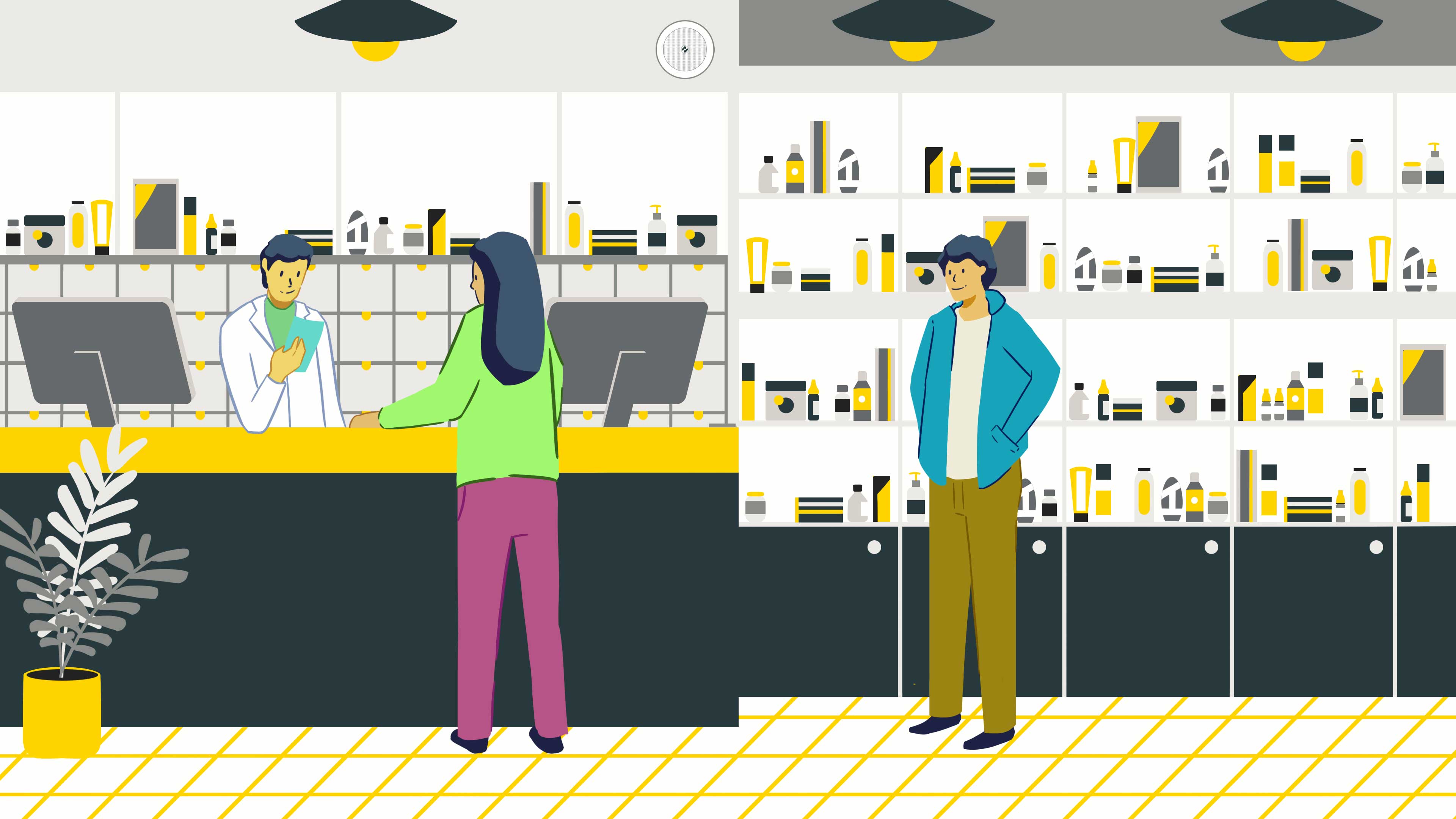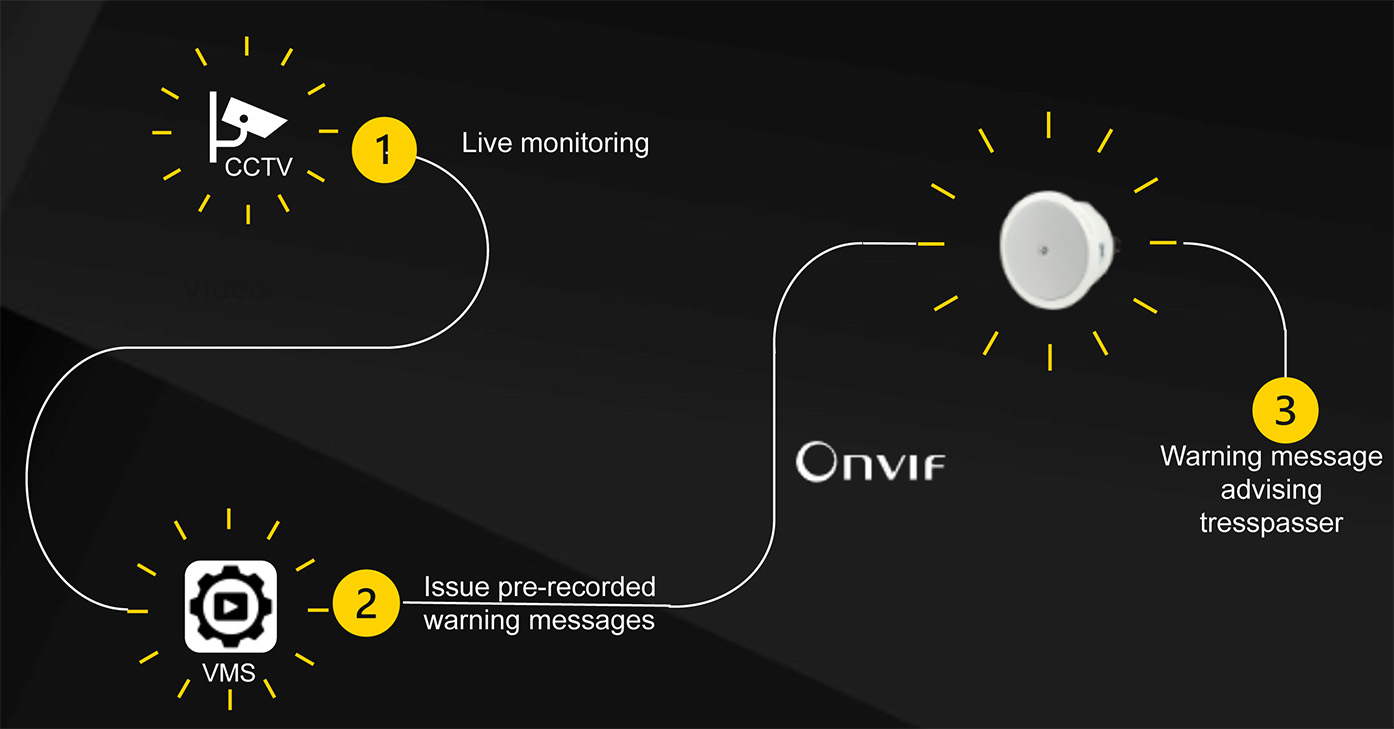Hospital Security System: Solving Key Security Challenges
How can hospital security system such as an interactive access control solution help you deter security breaches within a hospital?

Drug diversion, the theft or misuse of controlled substances by healthcare workers, is a serious. A growing problem in hospitals worldwide.
A study* in the US has highlighted over $162 million worth of medicine in a 6-month study period. Which are dollars being redirected away from patient care.
To combat drug diversion, hospitals are increasingly turning to technologies such as integrated access control systems and video surveillance. Access control technologies such as card readers at the door entry are crucial for hospital security. Combining this with video surveillance, plays an important role of securing hospitals and healthcare facilities. Access control technologies proactively monitor and restrict access to areas where valuable resources are stored.
Even though these healthcare security solution technologies assist with proactively detecting suspicious behavior, it doesn’t help staff to take any immediate action. Before taking actionable next steps, security personnel must be dispatched to the site. By that time, the theft might have already happened.
Adding audio technologies into existing access control and video surveillance technologies can further elevate the security to next level of protection and offer significant savings with improved asset protection, optimized resource allocation, and more.
Thanks to open protocols such as ONVIF and SIP, integrating audio into your security mix has never been so easy. While the camera records and keeps evidence to prove a situation happened. Audio solutions allow your security personnel to intervene with the scene in real-time to prevent a potential theft.
Informing trespassers that they’re under surveillance often scares them off. Which eliminates the need to send out guards to the site. This article dives into some of the healthcare applications and benefits of adding audio into your security mix.
This article dives into some of the healthcare applications and benefits of adding audio into your security mix.
Event triggered prerecorded messages
With integration over ONVIF, an automated security workflow can dispatch prerecorded messages warning the trespassers to leave the area. IP speakers, dotted across vulnerable areas in healthcare facilities, can be a cost-effective solution to deliver these pre-recorded messages.
The ability to associate each video camera with an IP speaker can help security to take swift action. An IP speaker with integrated microphone can initiate audio recording from a video management server. This can provide a complete picture of the security violation and therefore assist with post event analysis.

Live call out to doors
A door entry intercom that integrates audio, video, and a card reader into a single unit will help to restrict access. It can further help with intervention when there is a security violation.
Security personnel can remotely view the scene and issue a live warning message informing that a guard is on the way.

Take further action when escalation is needed
A video surveillance system integrated with analytics can detect what’s happening in the scene. Upon detecting, it can send a notification to the administrator who can evaluate the situation. Who then can respond by manually triggering a prerecorded message to remotely address people and deter unwanted activity.
By bringing audio into your security mix, you can adopt an open and unified approach to security. This offers better security awareness and the freedom to choose hardware. It also allows migration away from closed solutions and planning for future growth.

*Drug Diversion Digest: 18.7M Pills Lost Due to Healthcare
Employee Misuse and Theft (hubspot.net)
